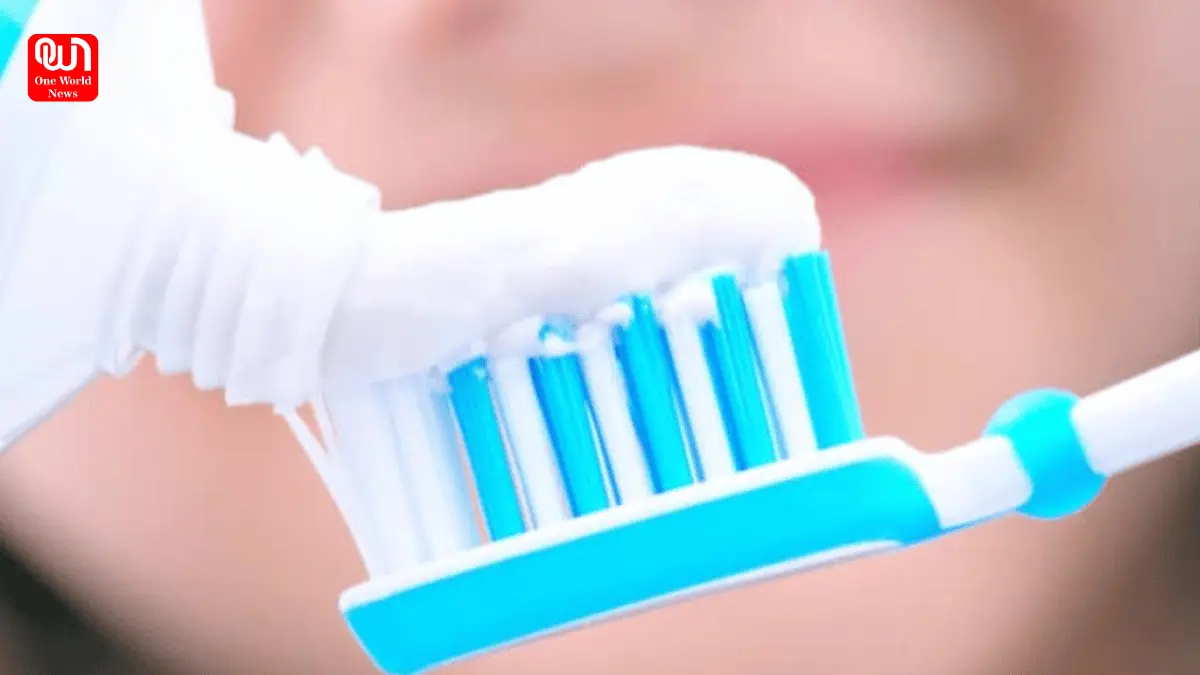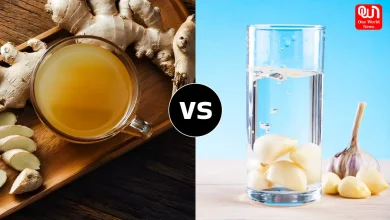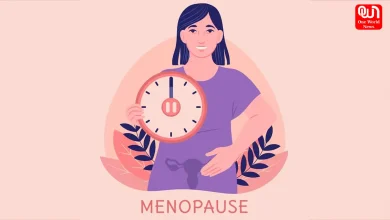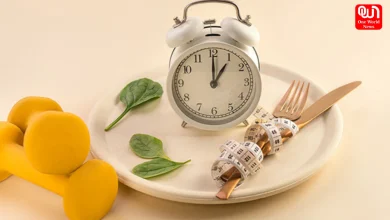Do you know Your toothpaste tube has a colour code. What does it say?
According to the toothpaste theory, a toothpaste tube's contents are indicated by the small, colored square at the bottom.
Your toothpaste tube has a colour code. What does it say?
By using social networks, one can find information on any topic with ease. But at the same time, the internet has its own darker side where plenty of different theories can be found. The latest speculation that has been making the round on the Internet is the toothpaste theory – what does your toothpaste tube color code mean ? It is centered on the components used in making of this common product, and here is the answer-

read more – 5 Foods Never to Pair with Your Tea: Unhealthy Food Combinations to Avoid
The claim
Many unconfirmed posts on social media pretend that the small square located at the bottom of the tube of your toothpaste corresponds to a colour code concerning the components included in the product.
The questions related to the study of the toothpaste theory heating and cooling the same water leads to a different situation, said Dr Vinod Tyagi, consultant, department of dentistry, Yatharth Super Speciality Hospital, Noida Extension.
read more –Unlocking the Benefits: Why You must have a Fish Oil Diet
In response to the doctor, the coloured bars, commonly called ‘eye marks’ or ‘colour marks’ have been used in the manufacturing process to aid the packing and cutting processes of the products. They assist the machines to identify where to make the cuts and seals on the tubes and are not ingredients of the product.
Produce the ingredients used in making the toothpaste written on the packing as require by the relevant bodies and for detailed information about the product, consumers should check the packing.
A Mumbai based dentist Dr. Sachin Deepak Mehta also corroborates this saying that, “Sadly, the small squares located at he bottom of tube of toothpaste do not represent its constituents or the elements present in it.”
Further, Dr Tyagi shares that toothpaste typically contains several key ingredients, each serving a specific purpose:
Humectants: To counteract this, the toothpaste should not be allowed to dry up (glycerin, sorbitol).
Abrasives: As an abrasive aid, assist in the process of relieving plaque and stain from the tooth’s surface through effects of calcium carbonate and silica.
Binders: Ensure that the flavouring of the toothpaste is stable (xanthan gum, carrageenan).
Sweeteners: Sweeten food and make it tastier but is not harmful to teeth (saccharin, xylitol).
Flavouring agents: Add a stimulating element (mint), or one that is comforting (cinnamon).
Detergents: Sodium lauryl sulphate: aid for cleaning foams.
Fluorides: Develop and enhance healthy tooth enamel and prevent formation of cavities or tooth decay (sodium fluoride, stannous fluoride).
Antibacterial agents: Nevertheless, there are still benefits – triclosan and zinc citrate are effective in controlling plaque and gum disease.
Together, these components help to keep teeth clean, stop tooth decay, improve breath quality, and preserve general oral health. Depending on the toothpaste’s intended use and brand, several formulas may be used.
Like this post?
Register at One World News to never miss out on videos, celeb interviews, and best reads.








